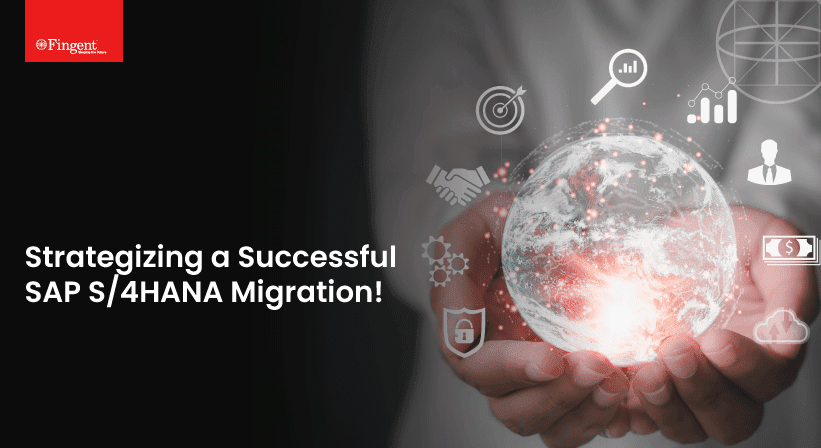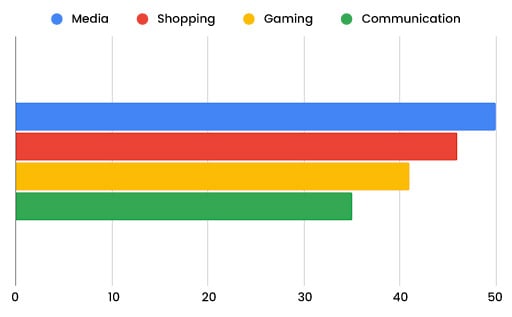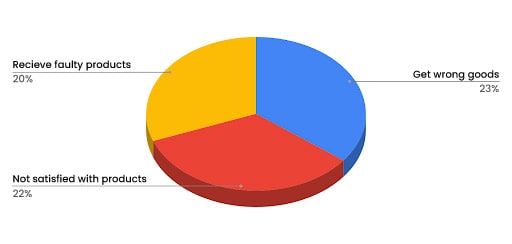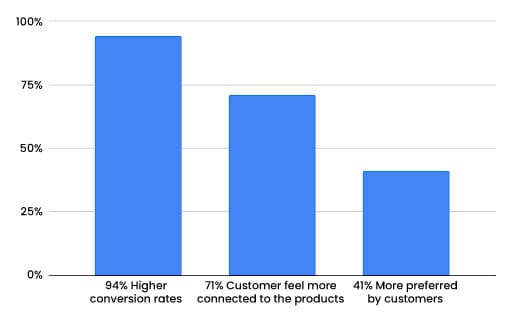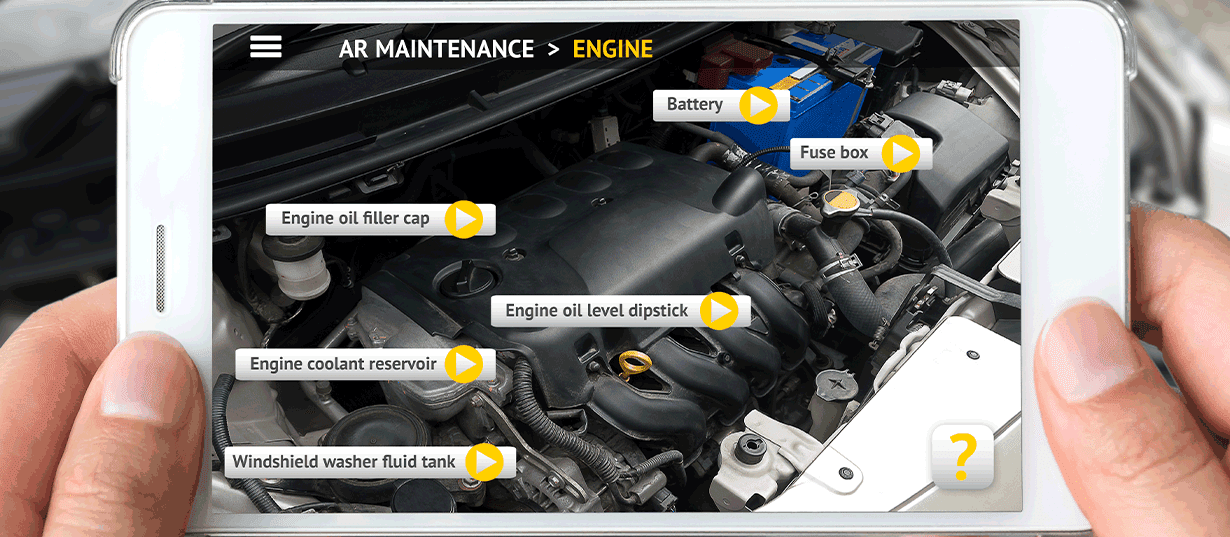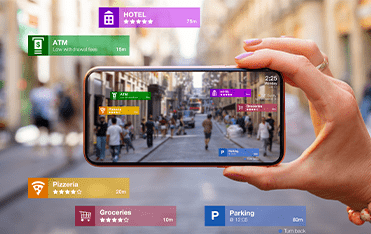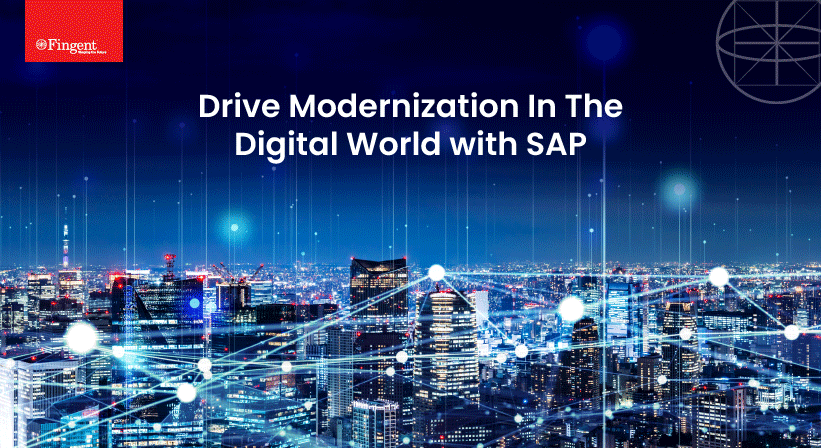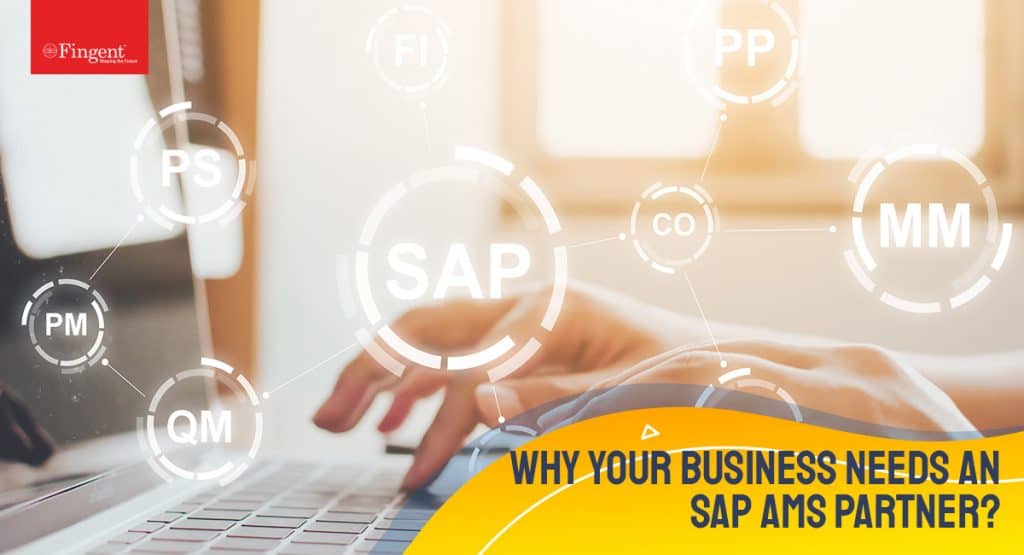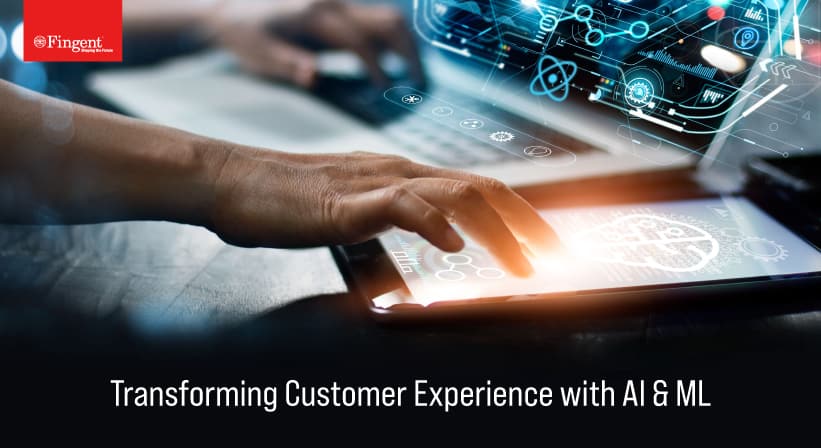“Cloud computing is really a no-brainer for any start-up because it allows you to test your business plan very quickly for little money. Every start-up, or even a division within a company that has an idea for something new, should be figuring out how to use cloud computing in its plan.” – Brad Jefferson, Animoto CEO.
Cloud Application Development, originally known as the modern cloud, was first invented in the 2000s. Today, “The Cloud” denotes servers that can be accessed through the Internet and the crux software and databases that are the backbone of those servers.
The cloud has consistently grown from its genesis and is currently the backbone of many leading organizations. In this article, we will look at Cloud Applications developments, their basic framework, advantages, best practices, challenges, and benefits.
What Is Cloud Computing?
As the name suggests, cloud computing is the distribution of various software services and the ability to access them proffered by cloud service providers to users or customers over the internet. These infrastructures include tools and applications like software, servers, data storage, networking, artificial intelligence, analytics, and databases. They essentially provide faster progress, more flexibility, and drastically reduce operational costs.
Read more: Choosing the right Cloud Service Model for your business – IaaS, PaaS, SaaS.
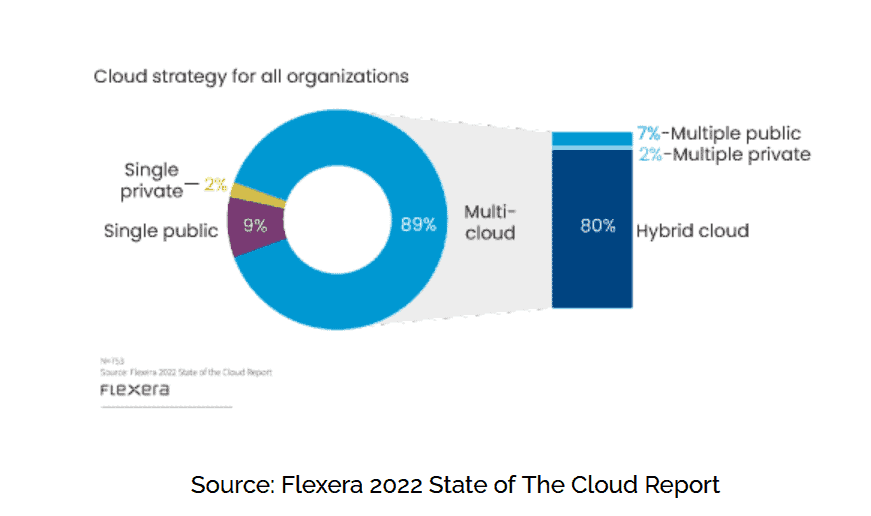
Types Of Cloud Services
There are three main types of cloud settings that are used widely for their efficiency and are generally referred to as “models for cloud development.”
1. IaaS –
Infrastructure-as-a-Service offers access to essential network structures on the cloud, like storage space, virtual servers, links, and networks for enterprises. All of this can be done without the business needing to purchase or maintain the internet infrastructure.
IaaS is also the oldest and most basic cloud computing model. Examples of businesses that utilize IaaS include Google Compute Engine, Azure Virtual Machines, and AWS EC2.
2. PaaS –
In Platform-as-a-Service service, developers can build or create a cloud application development framework and customize the software however they desire. In the PaaS model, software developers or services rent a cloud solutions company to develop an application.
The cloud solutions company then uses the infrastructure and operating systems to create development tools that offer better computing, database, memory, and data storage. Some examples of PaaS providers are Windows Azure and AWS.
3. SaaS –
Lastly, the Software-as-a-Service model delivers cloud software that grants users access to the internet without needing to install or maintain them. It is well known for its applications that can be built or developed even on a local terminal and deployed to a cloud-based server. Slack, MailChimp, Gmail, and Salesforce are a few examples of SaaS products.
Benefits Of Cloud Computing
Cloud Computing is by far the most cost-effective path that small or large organizations can take. Saving as much money as possible and cutting costs is a vital requisite for any business, and Cloud Computing can evidently help there. Aside from this, Cloud Computing also has other benefits:
1. High Availability
High availability in a system is undoubtedly a strong benefit for an organization as it will face negligible downtime. Downtime in cloud-based services is counted in seconds instead of minutes or hours.
“The primary benefit of moving an organization’s services to the cloud is near real-time deployment capabilities in a highly available architecture.” – John Breth Founder/Managing Principal at J.B.C.
2. Faster time to market
In a cloud-based application, developers can create new instances or retire them in mere seconds, allowing them to efficiently accelerate development with quick deployments. Cloud computing also supports new innovations and provides a platform for the easy testing of new ideas and designs without hardware limitations or slow retention processes.
3. Reliability
Reliability refers to how well a service can keep up with the promises it makes while performing tasks. It also fortifies highly available databases from randomly corrupting data records or deleting reports. Cloud computing proffers regular upgrades, updates, and damage control patches and tests its applications to make sure its services are perfect as promised.
4. Data loss prevention
Data loss is a major headache for most organizations and can lead to many complications, but Cloud computing can help here as well. With cloud computing, your data backup is up-to-date and disaster recovery is exceptionally fast. Uploading data into the cloud for storage can help prevent data loss even during emergencies, such as hardware malfunction, malicious cyber attacks, or simple user errors.
5. Automation
A great vantage in the world of technology is automation. This makes machines with quick automation a highly sought-after commodity. Every Google Cloud, IBM, AWS, and Azure product has a built-in API interface that makes it programable. Developers simply need to create, configure and demolish cloud-based resources with Software Development Kits (SDKs) written in Java, Python, JavaScript, and C++.
What is Cloud Application Development?
Now that we know the amazing benefits of the Cloud, let’s get into what Cloud Application Development is.
Cloud Application Development essentially is the creating, testing, deploying, and running of software services in the cloud. They are called cloud software because these applications are built in a cloud-based environment. Cloud Application Development involves various stages of software development; each of these stages devises the application to go live and hit the market successfully.
The biggest beneficiaries of cloud applications are business owners. This technology allows businesses to simplify their operations and gradually enhances their bottom line. Cloud-based applications also provide flexibility and enable you to adapt to the latest business trends in order to keep up with competition. Hence, most businesses have started to transition from on-premise to cloud-based software development methods.
Read more: Cloud Native: The Modern Way To Develop Software
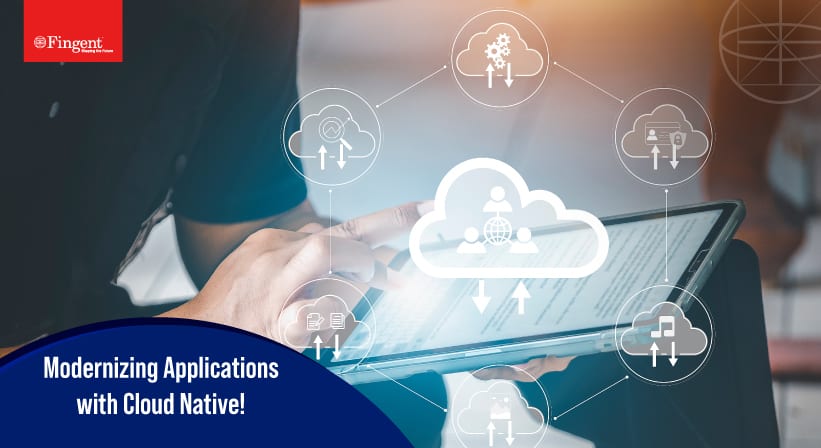
Cloud Application Development Framework
Cloud App Development Framework is the tools and technologies needed to create, control, and administer cloud applications. The tools provided by Cloud Application Development Framework include developmental tools, middleware technology, administration managing software, and various other Cloud Applications.
Some of the more popular Cloud Application Development Frameworks are:
1. Java
Java frameworks, such as J2EE, Hibernate, and Spring are generally used by beginners because these frameworks make the whole development of strong cloud computing applications process very easy.
2. Azure
Azure is a famous platform that provides excellent security to cloud computing applications. Developers using this framework can easily integrate applications, systems, and data.
3. Google Cloud
The Google Cloud Architecture Framework is most famous for its best practices of secure, efficient, resilient, high-performing, and cost-effective applications.
Advantages Of Cloud Application Development
There are many advantages of Cloud Application Development but listed below are 5 of the most important and prominent ones:
1. Scalability
Scalability in terms of Cloud Computing refers to the ability of the application to increase or decrease IT resources when demands change. It is one of the greatest features of the cloud as it allows users to scale many machines and processing power simultaneously, making it a highly flexible service.
2. Cost Effectiveness
Business owners should be very mindful of their expenses and making smart decisions in order to curb extravagant expenses should be second nature to them. Cloud Application Development is extremely cost-effective as it follows a pay-as-you-go technique. Here the costs of using the cloud application are reflected directly in the needs of the customer, making the initial transition to a cloud service less complicated and pocket-friendly.
3. Security
The Cloud is widely famous for its airtight security and the secret lies in its method of data encryption and transfer of data over networks and storage databases. A report by RapidScale claimed that 94% of businesses noticed a big jump in security after switching to Cloud Computing Applications, and 91% stated that the Cloud makes it easier to abide by government compliance requirements.
4. Flexibility
Cloud Application Development proffers organizations with extreme flexibility and overall agility. Its top-notch flexibility and improved freedom make a significant impression on the overall efficiency of an organization. A survey conducted by InformationWeek said that “65% majority of respondents stated that the ability to quickly meet business demands was the most important reason a business should transition to a cloud-based environment.”
5. Accessibility
Due to its previously discussed scalability and flexibility, Cloud Application Development is highly accessible. The Cloud grants users the ability to quickly and easily use and store information anywhere on the internet. An internet cloud infrastructure is reportedly known for increasing an organization’s overall productivity and efficiency simply by making its data easily accessible.
Best Practices For Cloud Application Development
The better a Cloud Application Development process is, the more resilient and reliable its application is most likely to be:
- Understanding Business Needs And Requirements:
It is very important to first analyze your business needs and requirements before making any drastic investments. Understand the premise of your technological needs and check your organization’s budget before making the transition to cloud-based application development.
- Leveraging The Right Cloud Services And Tools:
Leverage your option in Cloud Services and look for the most beneficial and trustworthy service. Each service has its own data and supports a specific business goal. Ensure that these goals align with your own business goals.
- Building For Scalability And Flexibility:
Remember to keep maximum scalability and flexibility in mind when developing your Cloud Application. We have already seen how important these two factors are when it comes to the overall success of a business.
Security of the highest quality is the most important factor when developing a cloud application. Secure your business data and emphasize to your partner the importance of data protection. Look for solutions that will respect your need for top-notch security and will provide it perfectly.
- Implementing Automation And Monitoring Tools:
Artificial Intelligence and many more emerging technologies are on the brink of changing the course of the world completely. Ensure to reap the benefits of these technologies as much as you can while developing a cloud application. These technologies can acutely benefit with automation and monitoring of cloud-based applications.
Challenges In Cloud Application Development
Just like any internet application, even cloud applications have their fair share of challenges during development. Listed below are a few of those challenges:
1. Security and Compliance
Security and Compliance of information is the biggest challenge in cloud application development because of its complicated nature and various operating conditions. These security issues can be rectified by employing encryption, security hardware, and security applications. Users should never cut corners when it comes to security practices when developing a new Cloud Application.
2. Integration With Legacy Systems
Since enterprise solutions have new applications that replace the legacy side of older applications and since these legacy systems were built without an API approach, it results in the older applications not being able to process newer, more modern technology applications such as IoT apps, Saas apps, and other similar applications.
3. Resource Management
The scale of modern data centers, the diversity of resource types, and their independent features, and in addition to this, the wide range of objectivities differ from one cloud ecosystem to another. All of these factors, put together, create a wedge in resource management.
4. Choosing The Right Cloud Service Provider
Finding a cloud service provider that is good at communicating and interpreting your business needs is rare but integral. It does not matter how long you take to find this perfect partner, patiently scrutinize all your options and look for a capable service provider.
Best Practices For Cloud Application Development
The better a Cloud Application Development process is, the more resilient and reliable its application is most likely to be:
1. Understanding Business Needs And Requirements
It is very important to first analyze your business needs and requirements before making any drastic investments. Understand the premise of your technological needs and check your organization’s budget before making the transition to cloud-based application development.
2. Leveraging The Right Cloud Services And Tools
Leverage your option in Cloud Services and look for the most beneficial and trustworthy service. Each service has its own data and supports a specific business goal. Ensure that these goals align with your own business goals.
3. Building For Scalability And Flexibility
Remember to keep maximum scalability and flexibility in mind when developing your Cloud Application. We have already seen how important these two factors are when it comes to the overall success of a business.
4. Emphasizing Security
The highest quality security is the most important factor when developing a cloud application. Secure your business data and emphasize the importance of data protection to your partner. Look for solutions that will respect your need for top-notch security and will provide it perfectly.
5. Implementing Automation And Monitoring Tools
Artificial Intelligence and many more emerging technologies are on the brink of changing the course of the world completely. Ensure to reap the benefits of these technologies as much as you can while developing a cloud application. These technologies can acutely benefit with automation and monitoring of cloud-based applications.
Use cases – Cloud Application Development
1. Enterprise Applications
Major examples of Enterprise Applications are Enterprise Dynamics 365, WordPress, and BambooHR, among many others.
2. Mobile Applications
Amazon, Shopify etc, are examples of mobile cloud computing and when we use our phones or tablets to track our account balance or make a purchase on e-commerce platforms, we interact with these applications.
3. IoT Applications
IoT device systems, including Google Nest or Alexa, are examples of IoT applications running on a cloud base. They collect data on the house’s energy usage, analyze the gathered data and make suitable suggestions to the homeowner on how to manage energy consumption.
4. E-commerce Application
Elastic Beanstalk from Amazon Web Services is used for its online storefront, web apps, and API structure. With this application, online vendors need not know anything about network maintenance to launch and control customized applications quickly.
How Can Fingent Help?
Fingent top custom software development company is a world-renowned service provider with stable markets and satisfied customers on four continents. Our experts utilize the latest and fast-emerging advanced technology to make your project development process easy and flawless. Their experience in cloud-based technology will aid your business in exploiting all aspects of the cloud. We have our own unique approach to developing a cloud application and have countless customers with happy reviews to back them up. Give us a call, and let us get talking.

